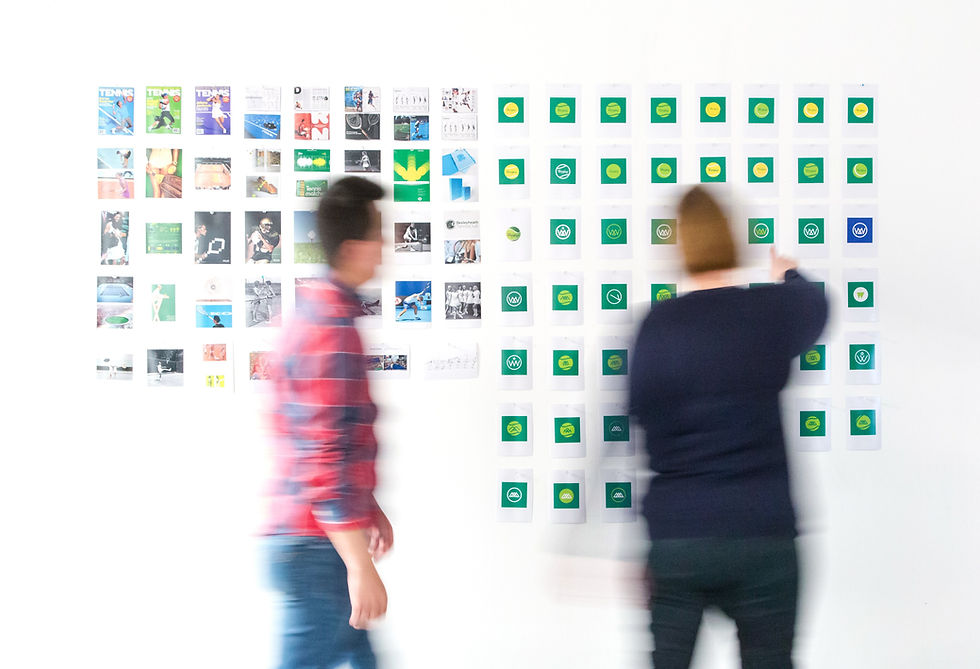The Silent Signals of Branding: Why Design Speaks Louder Than Words
- Mario

- Sep 9
- 2 min read

Scroll through your feed, walk through a trade show, or flip through a magazine — it feels like every brand is talking at once. Louder slogans. Bolder ads. Flashier campaigns.
Yet for all this noise, most brands remain invisible. That’s the paradox of modern marketing: activity doesn’t equal visibility. The brands that stand out aren’t the loudest. They’re the clearest. And clarity comes from design.
Before anyone reads your message, they’ve already judged it. Design speaks first.
The Attention Paradox
Every brand wants attention. But attention isn’t earned by volume — it’s earned by trust.
A cluttered logo signals confusion.
Inconsistent typography signals disorganization.
Off-brand visuals signal carelessness.
Audiences pick up these cues instantly, often without realizing it. They don’t stop to analyze why they don’t trust a brand — they just move on.

Design as the First Language
Think about the last website you visited. Did you read every word on the homepage? Probably not. But you formed an impression in seconds: professional, outdated, trustworthy, chaotic.
That impression didn’t come from the copy. It came from the silent language of design: color, spacing, hierarchy, imagery.
Good design translates into confidence. Poor design translates into doubt.

The Invisible Signals That Shape Trust
Branding isn’t just a logo or a color scheme. It’s a system of signals that align across every touchpoint.
When those signals are consistent, they build trust. When they’re not, they create friction.
Some of the details people notice (even if they can’t name them):
Typography that doesn’t match tone of voice.
Color palettes that feel trendy but not timeless.
Layouts that decorate instead of communicate.
Logos that scale poorly across signage, merchandise, or digital.
Each detail is a signal. Together, they answer the question: Do I trust this brand?
When Branding Fails
We’ve all seen it: generic logos that could belong to a dozen other businesses, brochures with too many fonts competing for attention, signage that’s functional but forgettable.
The danger isn’t ridicule — it’s indifference. Brands that look and feel interchangeable are quickly dismissed.

The Payoff of Thoughtful Branding
When design is intentional, it does more than look good — it works hard.
It makes navigation seamless.
It makes products feel premium.
It makes companies or nonprofits appear as trustworthy as they are.
Strong branding creates a halo effect. The brochure feels like the website. The website feels like the signage. The signage feels like the merchandise. Together, they form a story that people believe.
Branding is not the wrapping around your message — it is the message.
In a marketplace full of noise, the brands that stand out aren’t shouting louder. They’re speaking clearly and with purpose.
At Aliant Brands, we help organizations create branding systems that don’t just look good — they build trust, loyalty, and impact across every touchpoint.





